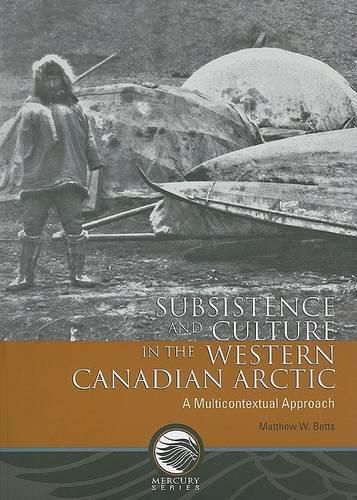Readings Newsletter
Become a Readings Member to make your shopping experience even easier.
Sign in or sign up for free!
You’re not far away from qualifying for FREE standard shipping within Australia
You’ve qualified for FREE standard shipping within Australia
The cart is loading…






The Siglit, or Mackenzie Inuit, the ancestors of the modern Inuvialuit, were, at the time of Euroamerican contact, the most populous and complex Inuit society in the Canadian Arctic. Through innovative analysis of animal bones recovered from their ancient archaeological sites, this comprehensive study documents the complex relationships between the Mackenzie Inuit and their food animals, and tracks these connections over some 800 years, from their earliest occupations to the arrival of Europeans in the 19th century.
Methodological in focus, this study examines the way in which archaeologists integrate animal remains into their analyses and proposes a systematic methodology for evaluating faunal data against other archaeological information. This volume chronicles the relationship between developing Siglit economic strategies and shifts in technology, settlement strategies, demography, and climate, exposing in the process the primary link between Siglit culture and their subsistence practices.
$9.00 standard shipping within Australia
FREE standard shipping within Australia for orders over $100.00
Express & International shipping calculated at checkout
The Siglit, or Mackenzie Inuit, the ancestors of the modern Inuvialuit, were, at the time of Euroamerican contact, the most populous and complex Inuit society in the Canadian Arctic. Through innovative analysis of animal bones recovered from their ancient archaeological sites, this comprehensive study documents the complex relationships between the Mackenzie Inuit and their food animals, and tracks these connections over some 800 years, from their earliest occupations to the arrival of Europeans in the 19th century.
Methodological in focus, this study examines the way in which archaeologists integrate animal remains into their analyses and proposes a systematic methodology for evaluating faunal data against other archaeological information. This volume chronicles the relationship between developing Siglit economic strategies and shifts in technology, settlement strategies, demography, and climate, exposing in the process the primary link between Siglit culture and their subsistence practices.